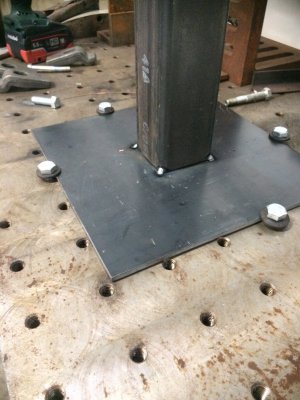- Joined
- Nov 14, 2016
- Messages
- 3,010
7 million acres?
For some perspective in the US the 10 year average number of acres burnt annually is 6.9 million, with about 1/4 to 1/3 of that total occurring in Alaska. To date in 2019 the US has burnt 4.6 million acres, with 1/2 of that occurring in Alaska.
So far in 2019 Australia has burnt a combined 12 million acres and they are only in the middle of their fire season. By landmass Australia is roughly 2/3 the size of the USA and they are only in the middle of their fire season.
Australia is no stranger to fire, but 2019 is set to make several new records, it has been a very bad year for fires.


